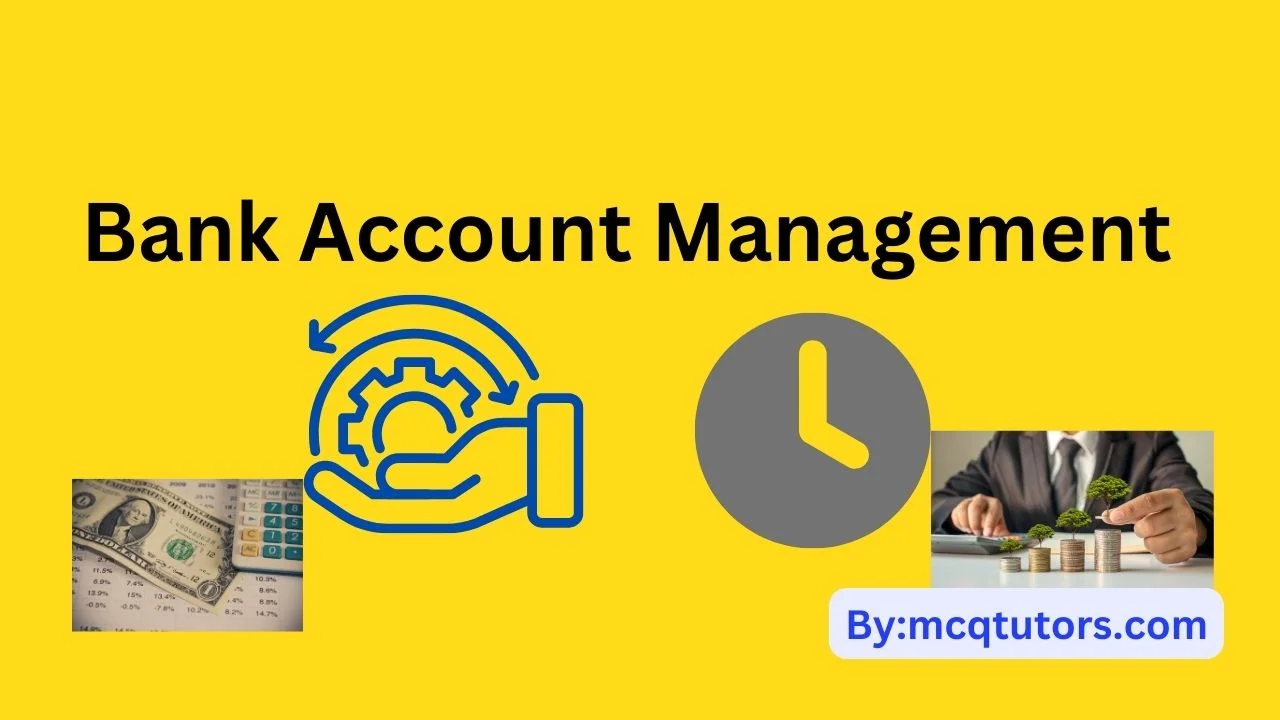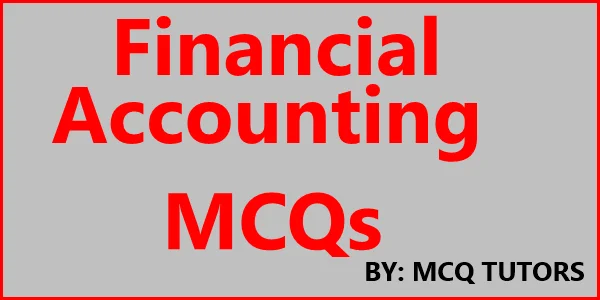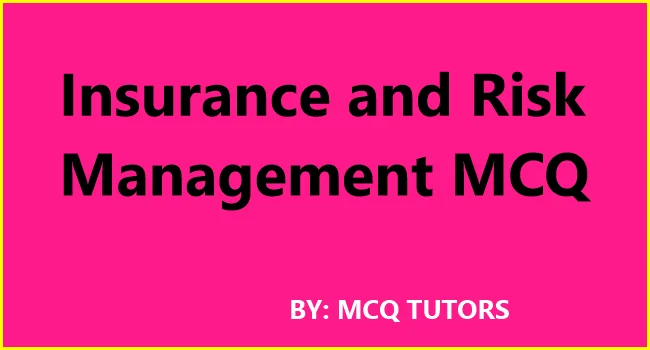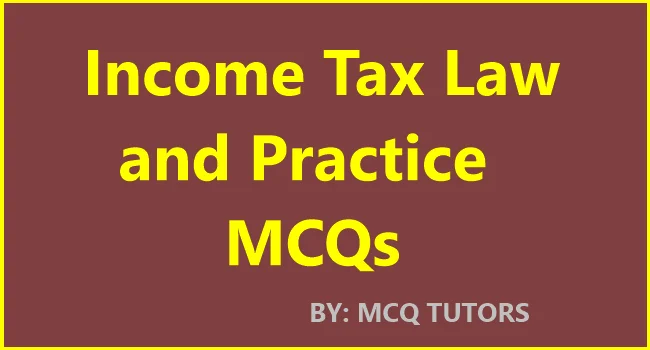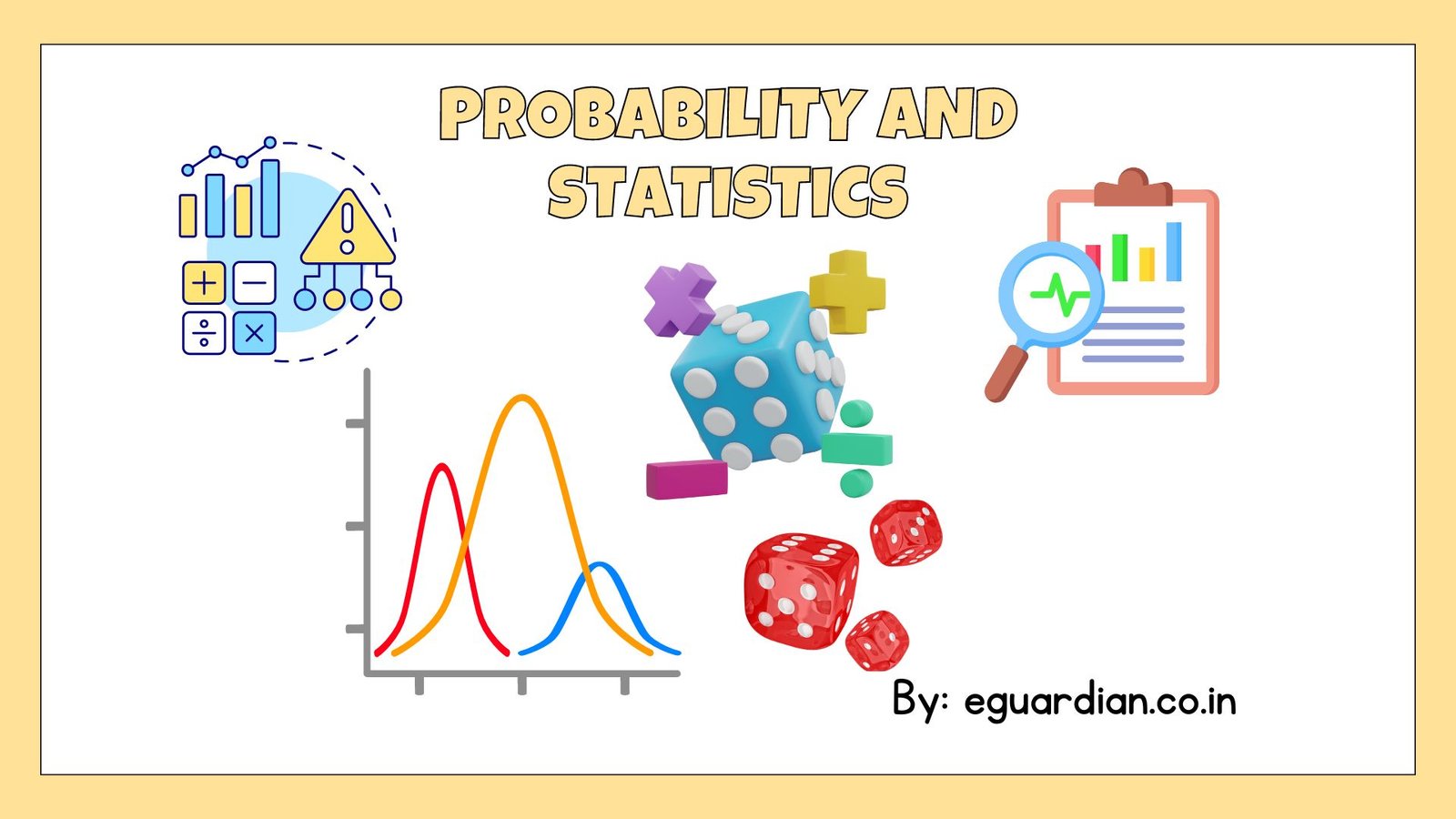Bank Account Management Managing a bank account is an important skill that everyone should learn. It is essential to ensure that your financial information remains secure and that you are able to make sound decisions when it comes to managing your finances.
This article will provide guidance on how to effectively manage a bank account, covering topics such as budgeting, setting up direct debits, and tracking spending.
With the right strategies in place, you can have peace of mind knowing your finances are secure and being managed responsibly.
50 MCQs on Bank Account Management with Answer
1. The name Imperial bank of India was renamed as State Bank of India in ___.
A.1955
B.1941
C.1950
D.1966
Ans. a
2 Trust is the confidence public repose on a bank in respect of ___ of the money deposited by them.
A. Confidence
B. safety
C. Liquidity
D. Profitability
Ans. b
3. ___ is the process of linking savers of money to those who are in need of money.
A. Know your customer
B. service
C. Book keeping
D. Intermediation
Ans. d
4. India’s oldest, largest and most successful commercial bank is ___.
A. SBI
B. Canara bank
C. Punjab National bank
D. Punjab and Sind Bank
Ans. a
5. The first bank in India to be given an ISO certification
A. Federal Bank
B. Canara bank
C. C. Punjab National bank
D. D. Punjab and Sind Bank
Ans. b
6. ___ is a measure that expresses total operation cost as percentage of operating income
A. Competitors Analysis
B. Situational analysis
C. Efficiency ratio
D. SWOT analysis
Ans. c
7. The process of business planning in Banks are carried out through ___ analysis
A. SWOT
B. Sensitive
C. Situational
D. Scenario
Ans. a
8. Banks assess business potentials through setting ___
A. Cash collection
B. Cash payments
C. Business target
D. Deposit growth
Ans. c
9. Banks are free to determine the rates of interest without reference to their BPLR for the following loan
A. Consumer loans
B. Loan against deposit
C. Agriculture loan
D. Loan against shares
Ans. c
10. Banks have the freedom to offer all loans at fixed or floating rates subject to
A. Credit-deposit ration
B. asset liability management
C. Availability of funds
D. Cost of funds
Ans.
11. Loan availed for Educational purpose is classified as ___
A. Term loan
B. Consumer loan
C. Short term loan
D. Educational term loan
Ans. b
12. One of the primary objectives of Relationship marketing is ___
A. deposit scheme
B. customer retention
C. effective service
D. canvassing deposits
Ans. b
13. Bank’s major direct distribution outlets are their ___.
A. call centres
B. internet banking
C. Branches
D. Automated teller machine
Ans. c
14. RBI manages the money supply, interest rates and exchange rates through ___
A. Cash Reserve Ratio
B. Money supply
C. SLR
D. Credit restriction
Ans.
15 ___ refers to the total value of goods and services produced in the country.
A. GDP
B.CP
C. RBI
D. DIR
Ans. a
16. Real estate loans are domestic, commercial loans secured by___.
A. equitable mortgage
B. real estate
C. registered mortgage
D. plant and machinery
Ans. a
17. Source of non interest income is ___
A. interest income
B. interest on deposits
C. Service charges
D. Exchanges & commission
Ans. d
18. Electricity bill incurred by banks is an ___
A. other operating expense
B. occupancy expense
C. budget expense
D. maintenance expense
Ans. b
19. Burden is equal to non interest expense minus ___
A. interest income
B. non interest income
C. Commission
D. Occupancy expense
Ans. b
20. The composition of assets and liabilities and a proper risk assessment is known as ___.
A. Risk management
B. Asset Liability management
C. Credit Liability management
D. Interest Risk management
Ans. b
21. Asset Liability Management (ALM) got implemented in India with effect from 1st April ___
A.1996,
B.1999,
C.1992
D.1997
Ans. b
22. Asset Liability committee is headed by ___ of the bank.
A. Managing Director,
B. Executive Director,
C. General Manager
D. Director
Ans. a
23. LAF means
A. Liquidity Adjustment facility
B. Long Audited Form
C. Liquidity amortize Fund
D. Liquidity Assessment Fund
Ans. a
24. Call money market can be access
ed only by ___
A.non Financial institutions,
B. banks,
C. insurance
D. nominated banks
Ans. b
25. Investments are based on the quality assessment provided by ___
A. RBI,
B. SEBI,
C.CRISIL
D. Lead Bank
Ans. c
26. International banking has become one of the dominant features of the international monetary and financial system since ___
A.1973,
B.1970,
C.1971
D.1974
Ans. b
27. Innovations in electronic equipment permitted the processing, confirmation and the making of payments ___.
A. More costly,
B. Less costly,
C. Worthy
D. Informative
Ans. b
28. ___refers to merger of companies which are in different lines of business unrelated to each other
A. Vertical merger,
B. Diagonal merger,
C. Horizontal merger
D. Reverse merger
Ans. b
29. Minimum number of independent directors in the management board of subsidiaries is ___ of the subsidiary in India, its parent or associates
A. one third,
B. 50%,
C. Two third
D. No minimum number
Ans. a
30. The foreign banks were required to earmark ___ of credit to priority sectors, compared to other commercial bank in India.
A.32%,
B. 45%,
C.30%
D.40%
Ans. a
31. Banks are put to a heavy loss due the occurrence of the frauds which are known as ___.
A. cyber frauds,
B. Technology fraud
C. digital fraud
D. Zero fraud
Ans. a
32. The objective of bank computerisation is ___
A. reduce manpower,
B. increase profitability,
C. improve service
D. better housekeeping
Ans. c
33. ___ and ___ are two factors which a banker will have to manage judiciously.
A. Profitability, Liquidity,
B. Safety, Liquidity
C. Profitability, Safety
D. Technology, safety
Ans. a
34. Safety, Liquidity, Profitability, Service Quality and Secrecy can be termed as ___ in banking .
A. Pillars,
B. Security,
C. Liquidity,
D. Customer’s affinity
Ans. a
35. The first Indian bank to have been started solely with Indian capital is ___
A. State Bank of India,
B. Punjab National bank,
C. Indian Bank,
D. Bank of India
Ans. b
36. Management of Asset and liability and interest rates on lending are managed by ___
A. Core committee,
B, Asset liability committee
C. Investment Committee,
D. Legal committee
Ans. b
37. The difference between the Private and Public Sector Banks is distinct in areas of ___ and ___
A. Technology, branch net work,
B. service, branch net work,
C. Deposit pricing, customer service,
D. funds transfer, pricing of loan products.
Ans. a
38. ___ is an indirect distribution channel in banking system
A. Extension counter,
B. Marketing person,
C. Branch
D. Point of sale
Ans. d
39. ___ optimises interest margin through maintaining a balance between the Risks and the benefits
A. Gap management,
B. Interest sensitivity analysis,
C. Spread management
D. Risk management
Ans. c
40. Lowest risk weighted securities as rated by rating agencies is ___
A. AAA,
B. Baa,
C. Aaa
D. BBB
Ans. c
41.For measuring and managing liquidity needs ___ is used.
A. Maturity ladder
B. Scenario analysis
C. DCF
D. Payback
Ans. a
42. Securities which are bought for selling (not within 90 days) are considered in ___.
A. Trading book
B. Available for Sale
C. Held to Maturity
D. BRDS
Ans. b
43. ___ is an unsecured money market instrument issued in the form of a promissory note.
A. Commercial paper
B. Certificate of Deposit
C. Treasury bill
D. Equity share
Ans. a
44. The ___of the target company is arrived and the acquiring company makes an offer that is a multiple of the earnings of the target company.
A. Price earnings Ratio
B. Net operating income
C. Net interest income
D. Book value
Ans. a
46. ___ is a closed user group communication network.
A. INFINET
B.RTGS
C. NEFT
D. SWIFT
Ans. a
47. ___ communicates an image of the value and quality of a product.
A. Price
B. Cash flow
C. Profit
D. Market share
Ans. a
48. One of the popular methods of evaluating loans is known as ___.
A. Temporary investment ratio
B. Volatile dependency ratio
C. RAROC
D. ROE
Ans. c
49. Bank that owns is called as ___; that owes is called ___.
A. Asset, Liability
B. Liability, Asset
C. Capital, Liability
D. Asset, Equity
Ans. a
50. The securities purchased under trading and asset available for sale should be classified as ___.
A. Marked to market
B. Held to Maturity
C. BRDS
D. Trading book
Ans. a
Conclusion:
Managing a bank account is an important step to taking control of your financial future. It is important to understand the basics of budgeting, managing debt, and building savings before opening a bank account.
Additionally, it is beneficial to review your banking options carefully and choose the one that best meets your needs. Finally, make sure to use online banking tools to help you keep track of your finances in order to ensure you are making smart financial decisions.
Read more:
